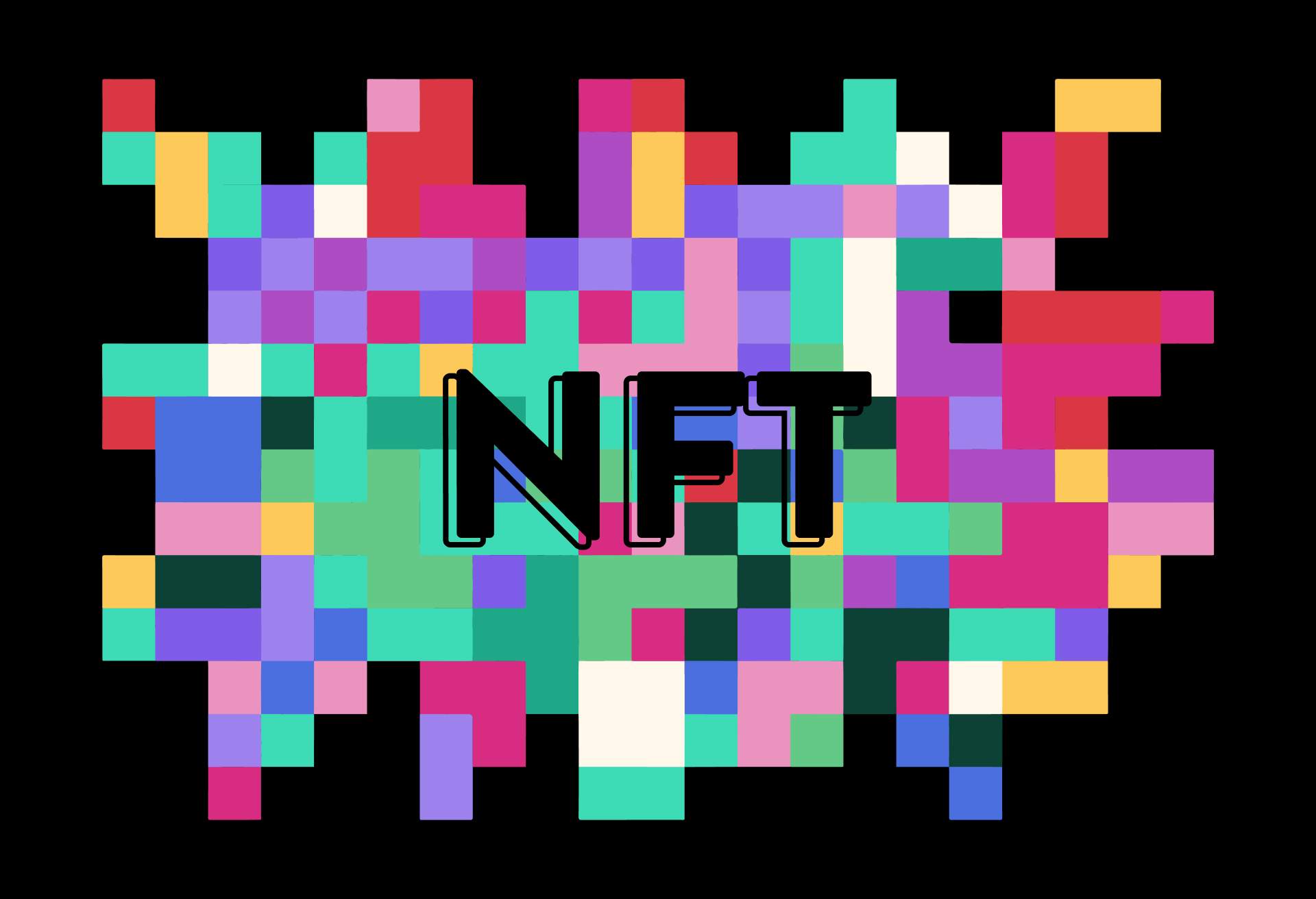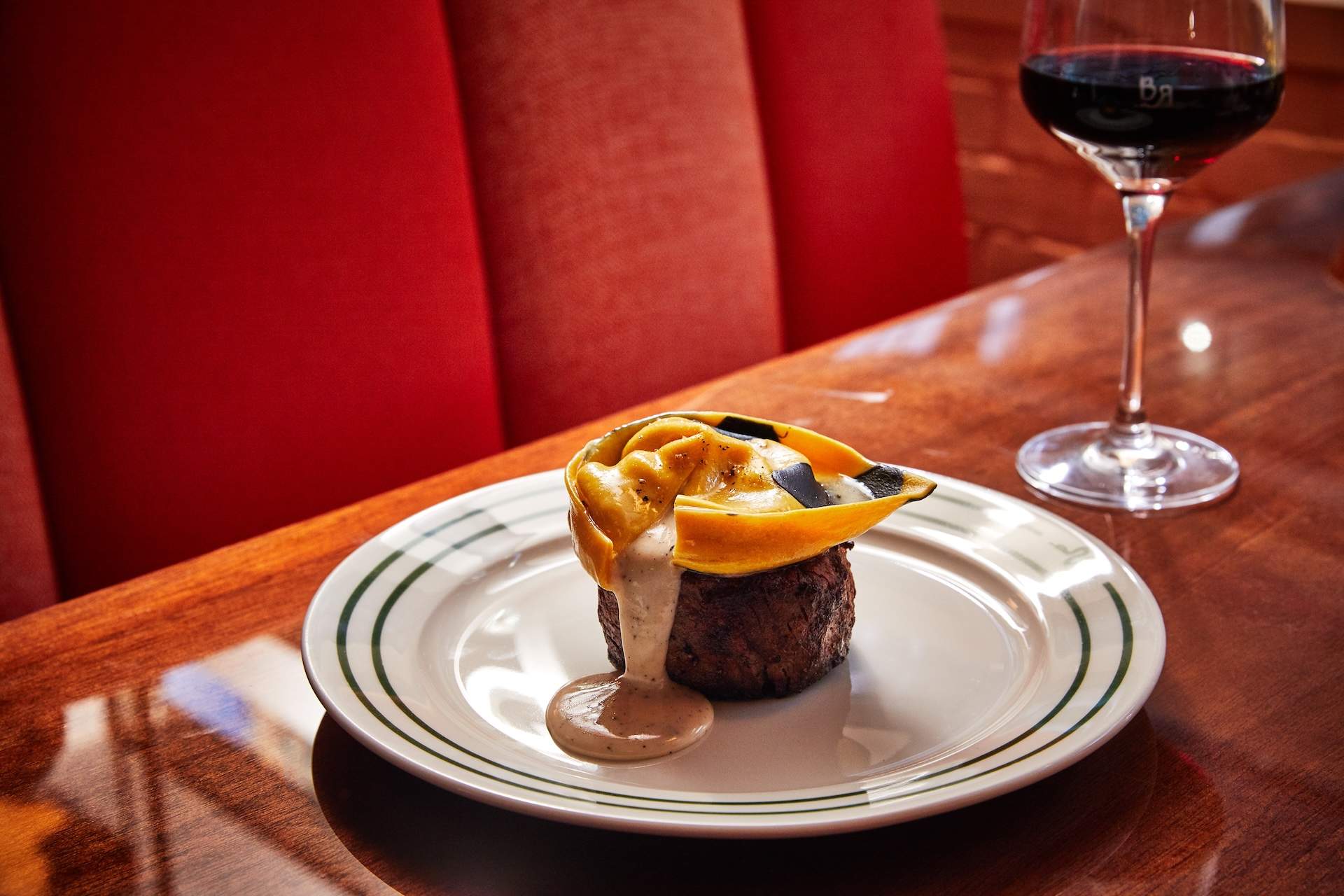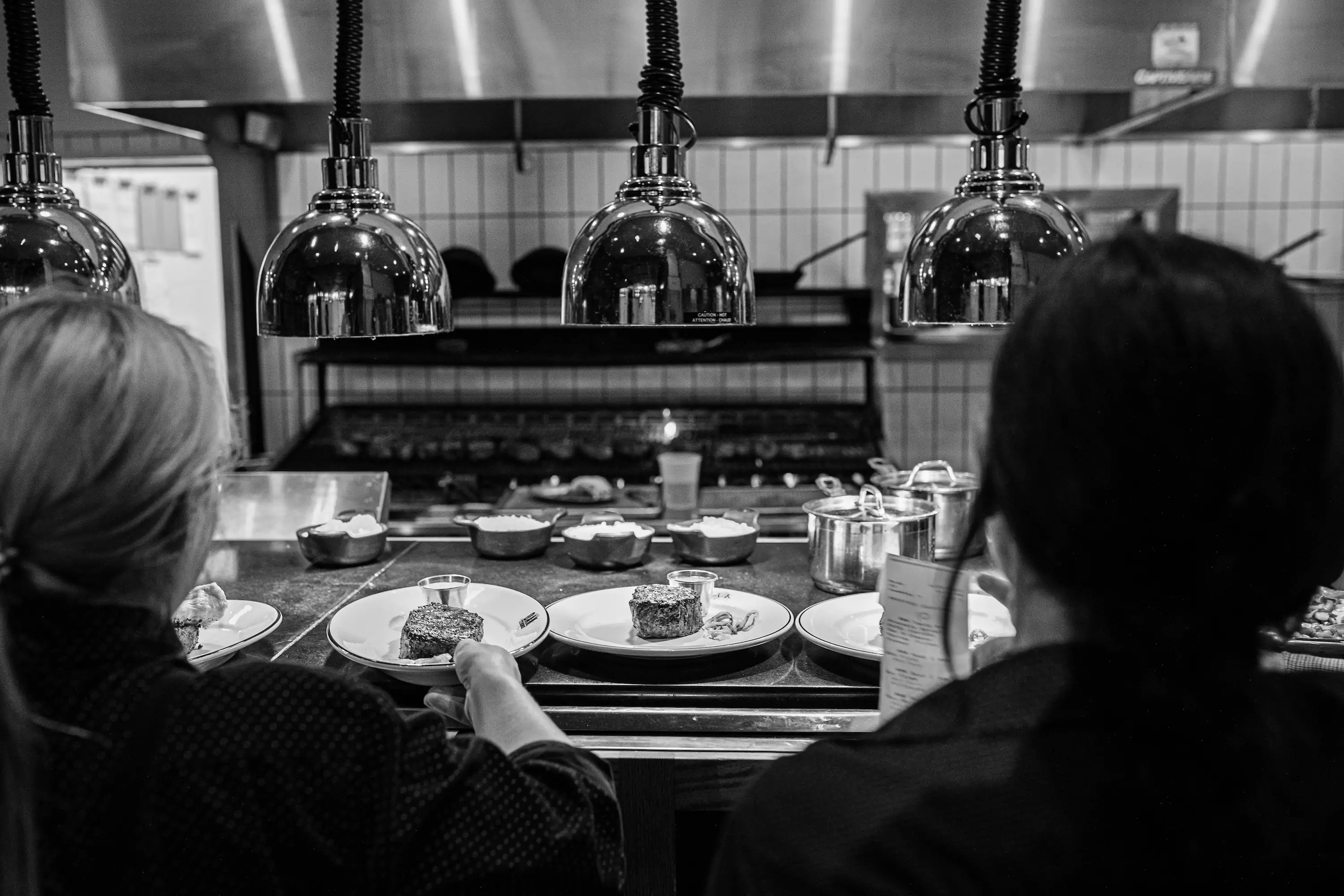This year, you could earn NFTs using Starbucks’s new loyalty program, buy an NFT for a monthly standing reservation at some of the country’s top restaurants, join a members-only restaurant that proves membership through NFTs, or pay real dollars to eat real food at a cryptocurrency-themed restaurant in California.
If none of that made sense to you, you’re not alone. Restaurants, once places for interaction in the physical world, have embraced the digital realm—and are figuring out how to profit from it. So what is an NFT? And how might NFTs affect how we’ll interact with restaurants?
WHAT IS AN NFT?
NFT stands for non-fungible token, which is a one-of-a-kind digital asset. And to understand NFTs, you have to know a little bit about the blockchain. The blockchain is a database where records (like sales of NFTs) are stored across multiple places—the digital equivalent of reminding yourself of something with an alert on your phone, a post-it on the fridge, and a note on the back of your hand at the same time.
Storing information in multiple places is key because it makes the record more difficult to alter—if one record disappears (the post-it falls off the metaphorical fridge), the others remain intact. This is what allows cryptocurrencies such as Bitcoin to work as a medium of exchange. Since the blockchain ensures verified, permanent records of transactions stored in many places, cryptocurrencies don’t have to rely on a government or central bank to be an intermediary. Stick with me—this brings us back to NFTs!
NFTs come in many forms: one of the most famous early examples was when Twitter founder Jack Dorsey sold the file containing his first tweet for $2.9 million (he donated the money to charity.) There are collectible pieces of digital art—think Donald Trump’s trading cards—or digital membership cards like the ones sold to access Flyfish Club, a members-only restaurant opening in NYC this year.
The blockchain sets these apart from a normal digital image or membership card because it preserves a record of ownership that starts with the creator and is written into the data of the NFT itself. This is beneficial for verifying ownership of something, as well as giving creators a way to earn continuing royalties from a piece of art or a membership, much in the same way musicians get a cut every time their song plays on the radio. Once purchased, the NFT is stored on the blockchain and can only be accessed by the owner. If the owner sells it, the sales are permanently recorded in the blockchain record.
BUT WHY ARE RESTAURANTS SELLING THEM?
Restaurants are selling NFTs for one easy-to-understand reason: money. The pandemic made it clear that restaurants need to diversify their revenue sources, and NFTs are quickly joining takeout, merchandise, and pantry products as a way to do that.
Take the case of Dame in New York City, which garnered a lot of attention last year when it sold membership-style NFTs that started at $1,000 to guarantee a weekly reservation. Front of House, the company that facilitated Dame’s NFT sales, structured these sales as an 80/20 profit-sharing partnership. Front of House lists 20 Dame NFTs as “sold out,” which would mean $20,000 in gross sales, of which Dame could have netted somewhere around $16,000 with the 80/20 model before any of the purchasers set foot in the restaurant. It’s worth noting that Dame has since discontinued the program, but did not comment as to why.
IS THIS GOING TO BECOME THE NORM?
It’s still the Wild West out there, and many concepts are unproven. Flyfish Club, the NFT-based members-only restaurant, has yet to open its doors, but you can buy one of the sold-out membership spots on the secondary market for $4,924.71 at the time of writing.
While the physical restaurant will operate like any other members-only restaurant, the NFT format ensures that Flyfish Club earns upfront revenue before opening its doors, as well as continuing to earn revenue if members choose to lease out or resell their membership to the club.
Meanwhile, in January, a press release went out for the launch of the Crypto Culinary Club, a dining events club founded by Iron Chef host Mark Dacascos in partnership with chef Michael Symon with many other big culinary names attached. The release claimed that the club would be where “ultimate fine dining meets crypto viability,” though the Zoom link to the launch event didn’t work, and sales appeared to stop shortly after they began without much explanation. But theoretically, the club will offer members access to in-person and digital events with well-known chefs.
SEEMS COOL BUT I’M NOT SPENDING $1,000 FOR A TABLE…
If you’re NFT-curious but don’t have money to burn, food and tech journalist Kristen Hawley urges people to “look for the utility.”
Hawley cites Starbucks’s new loyalty program Odyssey as a good example of such utility. In this experimental model, coffee drinkers have the opportunity to go beyond earning points for buying coffee to redeem for more coffee.
The most passionate Starbucks fans can participate in interactive games to earn stamps that are NFTs by another name. Stamps will accumulate like traditional rewards points, but allow customers to redeem them for heftier rewards, including coffee classes or even trips to coffee farms. The key difference between this and other programs so far is that users aren’t asked to change their behavior, or buy anything upfront—the way you purchase your coffee stays the same, it’s just the technology powering your rewards that changes. (Update: when the program launched on March 10, NFTs sold out in just 18 minutes!)
Another functional example comes from the wine and spirits world, where NFTs could help undercut counterfeit sales (may I recommend the documentary Sour Grapes?), a practice that costs the industry billions of dollars each year. Three large Champagne houses recently announced that they were joining an NFT marketplace called WineChain, which allows collectors to buy bottles directly from the producers with an NFT attached that verifies their authenticity.
THAT WAS A LOT TO DIGEST
Tell me about it! But fear not: if your idea of high tech is simply booking a table for 7 pm on your phone, well…there’s still an app for that.




